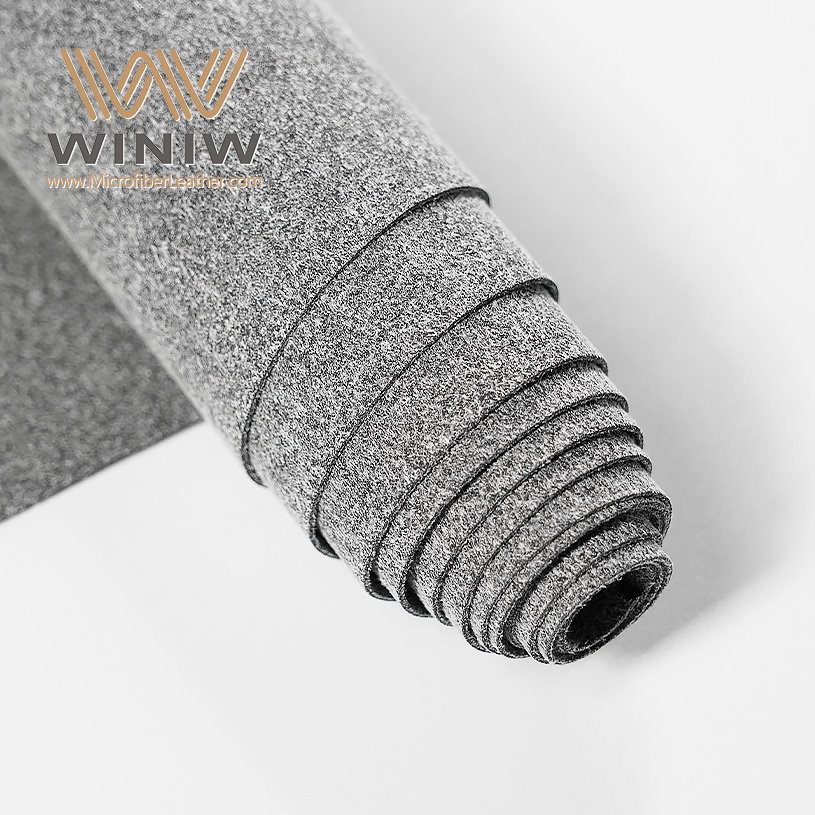
عندما تريد الحصول على أيدي دافئة في الطقس البارد، جلد سويدي دقيق غالبًا ما تُوفر القفازات دفئًا أفضل من القفازات الجلدية. ويكمن السبب في عوامل رئيسية تُؤثر على مدى دفء يديك. وتشمل هذه العوامل العزل، ومقاومة الرياح، والبطانة الداخلية لكل قفاز. اطلع على الجدول أدناه لمعرفة العناصر الأكثر أهمية للدفء:
|
عامل |
وصف |
|---|---|
|
العزل |
تساعد الخصائص الحرارية للقفازات على الحفاظ على دفء الجسم. |
|
مقاومة الرياح |
يعتمد الحد من فقدان الحرارة على مدى قدرة القفازات على حجب الرياح. |
|
مواد التبطين |
يمكن أن يؤدي اختيار البطانة إلى تعزيز الدفء بشكل عام بشكل كبير. |
خذ احتياجاتك الشتوية في الاعتبار وابحث عن القفازات التي تحتوي على المزيج الصحيح من هذه الميزات.
قفازات من جلد الغزال الصناعي غالبًا ما توفر الدفء بشكل أفضل بسبب عزلها السميك وبطاناتها الناعمة، مما يجعلها مثالية للطقس البارد.
تتميز القفازات الجلدية بقدرتها على منع الرياح وتوفر متانة ممتازة، مما يجعلها خيارًا موثوقًا به للأنشطة الخارجية.
عند اختيار القفازات، ضع في اعتبارك أنواع العزل مثل Thinsulate أو الصوف للدفء، وابحث عن ميزات مثل مقاومة الرياح لمزيد من الحماية.
يعد الملاءمة المحكمة أمرًا ضروريًا لتحقيق الدفء والبراعة؛ تأكد من أن القفازات تناسبك جيدًا دون أن تكون ضيقة للغاية.
في ظروف الشتاء القاسية، اختر قفازات ذات خصائص مقاومة للماء للحفاظ على يديك جافة ودافئة.
عندما تختار قفازات من جلد الغزال الصناعي في الطقس البارد، غالبًا ما تلاحظ قدرتها المذهلة على تدفئة يديك. يكمن السر في سُمك هذه القفازات. فالقفازات المصنوعة من جلد السويد الدقيق السميك تحبس هواءً أكثر في الداخل، ويعمل هذا الهواء كحاجز ضد البرد. يتميز الهواء بموصلية حرارية منخفضة، مما يُبطئ فقدان الدفء من يديك. إذا كانت قفازاتك ضيقة جدًا، تتقلص الفجوة الهوائية، وتفقد جزءًا من هذا العزل القيّم. تُظهر الدراسات وجود صلة قوية بين سُمك الفجوة الهوائية ومدى قدرة القفازات على الاحتفاظ بالدفء. في الواقع، هذه الصلة قوية جدًا لدرجة أن القفازات السميكة تعني دائمًا تقريبًا احتفاظًا أفضل بالحرارة.
نصيحة: عند شراء قفازات من جلد الغزال الصناعي، ابحث عن زوج مريح وغير ضيق. بهذه الطريقة، ستحصل على أفضل توازن بين الراحة والدفء.
يمكنك الاعتماد على قفازات الجلد المدبوغ الدقيق لتوفير دفء ثابت خلال الأيام الباردة. يركز تصميمها على حبس الحرارة، مما يجعلها خيارًا ذكيًا لمن يرغب في الشعور بالراحة في الأجواء الباردة.
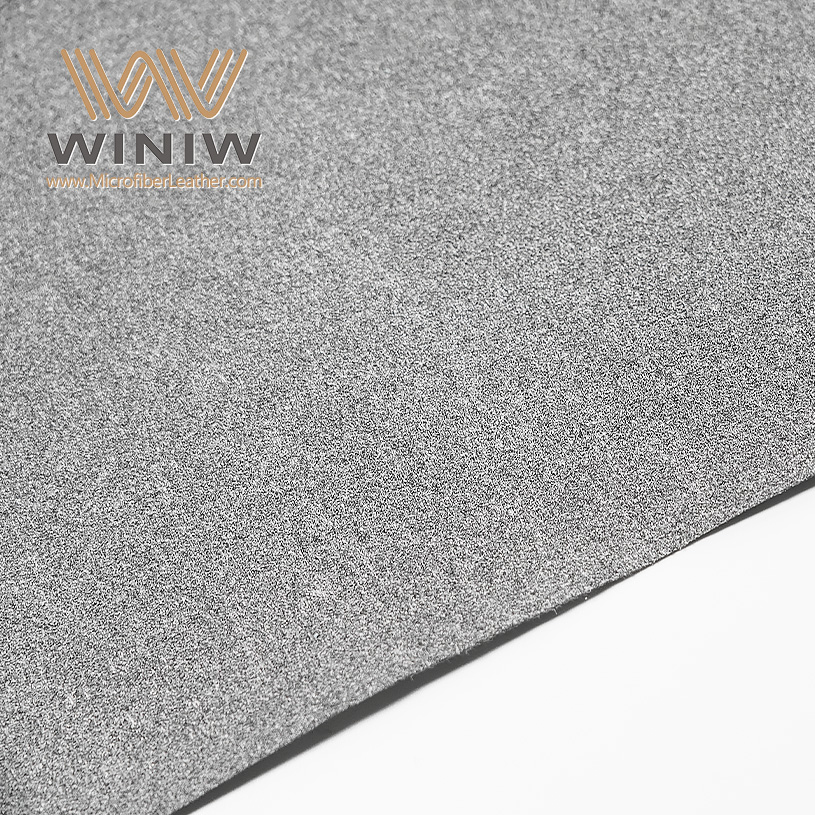
تُقدم القفازات الجلدية دفئًا مختلفًا. تُشكل المادة الطبيعية حاجزًا متينًا يصد الرياح ويساعد على إبقاء يديك دافئتين. لكن سر الدفء الحقيقي في القفازات الجلدية يكمن في العزل الداخلي. ستجد أنواعًا متعددة من العزل في القفازات الجلدية، ولكل منها فوائده الخاصة:
يمنحك ثينسولات دفءً ممتازًا دون أن يُثقل القفازات. يمكنك تحريك أصابعك بسهولة، وهو أمر رائع للمهام اليومية.
يمنح الصوف شعورًا بالنعومة ويحتفظ بالحرارة جيدًا، لكنه قد لا يبقيك دافئًا في البرد القارس.
الصوف فعال حتى مع البلل. يحتوي على جيوب هوائية تُبقي يديك دافئتين وجافتين.
يعمل العزل القطني أو الرغوي على إنشاء حاجز خفيف الوزن يحمي من فقدان الحرارة.
فيما يلي مقارنة سريعة لأنواع العزل الشائعة في القفازات الجلدية:
|
نوع العزل |
وصف |
|---|---|
|
ثينسوليت |
خيار صناعي معروف بتصميمه الرفيع وقدرته المذهلة على الاحتفاظ بالحرارة، وهو مثالي للأنشطة التي تتطلب البراعة. |
|
الصوف |
ناعمة وجيدة التهوية، فعالة في حبس الحرارة، ولكنها قد لا تعمل بشكل جيد في البرد الشديد. |
|
القطن / الرغوة |
خفيف الوزن وفعال، حيث يشكل حاجزًا من الهواء للحماية من الحرارة. |
|
صوف |
خفيفة الوزن وليفية، عازلة للحرارة والبرودة مع جيوب هوائية. |
للقفازات الجلدية ميزة أخرى. فهي تسمح بمرور الهواء، مما يضمن راحة وجفاف يديك. كما تمنع هذه الميزة تراكم الرطوبة داخل القفازات. فعندما تبقى يديك جافتين، تشعر بدفء أكبر، حتى في الطقس البارد. بعض القفازات الجلدية مزودة بعزل متطور، مثل Primaloft Gold، الذي يحافظ على الدفء حتى في حال البلل.
يمكنك الاعتماد على القفازات الجلدية لتوفير دفء موثوق، خاصةً مع عزلها عالي الجودة. فهي مثالية للاستخدام اليومي والأنشطة الخارجية في الأجواء الباردة.
عند النظر داخل قفازات الجلد المدبوغ، ستجد غالبًا مجموعة متنوعة من البطانات التي تُعزز الدفء. أكثر أنواع البطانات شيوعًا هي القطن والفانيلا والصوف وثينسوليت™. يوفر كل نوع من أنواع البطانات مزايا فريدة للطقس البارد. يمكنك الاطلاع على مقارنة بينها في الجدول أدناه:
|
نوع البطانة |
خصائص العزل الحراري |
خصائص امتصاص الماء |
|---|---|---|
|
قماش الفلانيل القطني |
ناجح بشكل معتدل كعازل، امتصاص ممتاز، يحتفظ بما يصل إلى 25 ضعف وزنه من الماء. |
تحدي في الشتاء، يفقد خصائصه عندما يبلل. |
|
صوف |
قابلة للتنفس؛ تحتفظ بالهواء الدافئ ولكنها تفقد قوتها عندما تكون مبللة (حتى 20% من وزنها). |
يمكن أن تحتفظ بحوالي 20٪ من وزنها من الماء؛ مشكلة عندما تكون مشبعة. |
|
ثينسوليت™ |
ألياف خاصة؛ منسوجة بإحكام من أجل الدفء، مع نظام تصنيف (40 إلى 800 جرام لكل متر مربع) للعزل. |
مُصمم للحفاظ على الحرارة في الداخل؛ فعال لمجموعة متنوعة من درجات الحرارة استنادًا إلى تصنيف GSM. |
ستحصل على أفضل دفء مع بطانات Thinsulate™. فهي تحبس الحرارة بكفاءة وتعمل بكفاءة في درجات حرارة مختلفة. كما تساعد بطانات الصوف على تدفئة يديك من خلال حبس الهواء، لكنها تفقد بعض قوتها عند البلل. يتميز قماش الفلانيل القطني بنعومته وامتصاصه للرطوبة، ولكنه لا يوفر عزلًا جيدًا في الظروف الرطبة. إذا كنت ترغب في دفء موثوق، فاختر قفازات من جلد الغزال الصناعي مع بطانات Thinsulate™ أو الصوف.
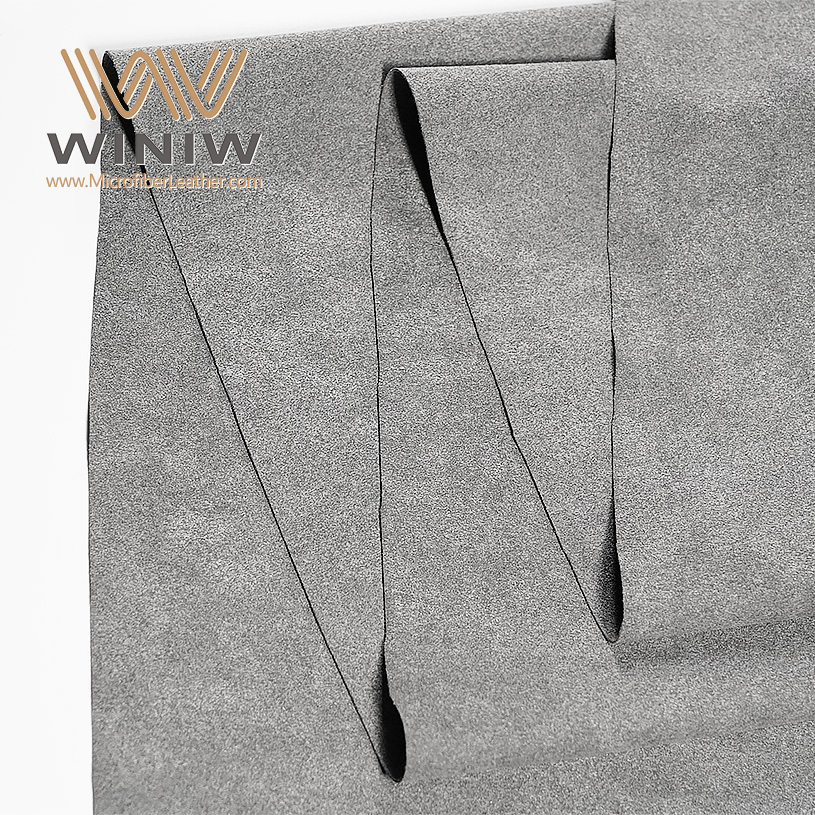
قفازات جلدية ببطانات فاخرة لزيادة الدفء. غالبًا ما تُعتبر الصوف والكشمير والميرينو خيارات شائعة. بطانات الصوف تحبس الهواء وتحافظ على دفء يديك، حتى لو تبللت القفازات قليلًا. الكشمير ناعم وفاخر، ويوفر عزلًا ممتازًا للأيام الباردة. يتميز صوف الميرينو بأليافه الدقيقة ودفئه الطبيعي. كما تجد خيارات صناعية مثل Thinsulate™ في بعض القفازات الجلدية، والتي توفر عزلًا عاليًا دون زيادة حجمها.
ملاحظة: بطانات الكشمير أنعم من الصوف، وتضفي لمسة من الفخامة على قفازاتك. يوفر صوف الميرينو الدفء والتهوية، مما يجعله خيارًا ذكيًا للاستخدام النشط.
يختلف عمل العزل في قفازات الجلد المدبوغ عن القفازات الجلدية. تعتمد قفازات الجلد المدبوغ على سُمك المادة والبطانة لاحتجاز الهواء. أما قفازات الجلد المدبوغ فتعتمد على الحاجز الطبيعي للجلد وجودة البطانة. ستحصل على دفء أكبر مع القفازات ذات البطانة السميكة وعالية الجودة. تأكد دائمًا من مادة البطانة قبل شراء قفازات الشتاء.
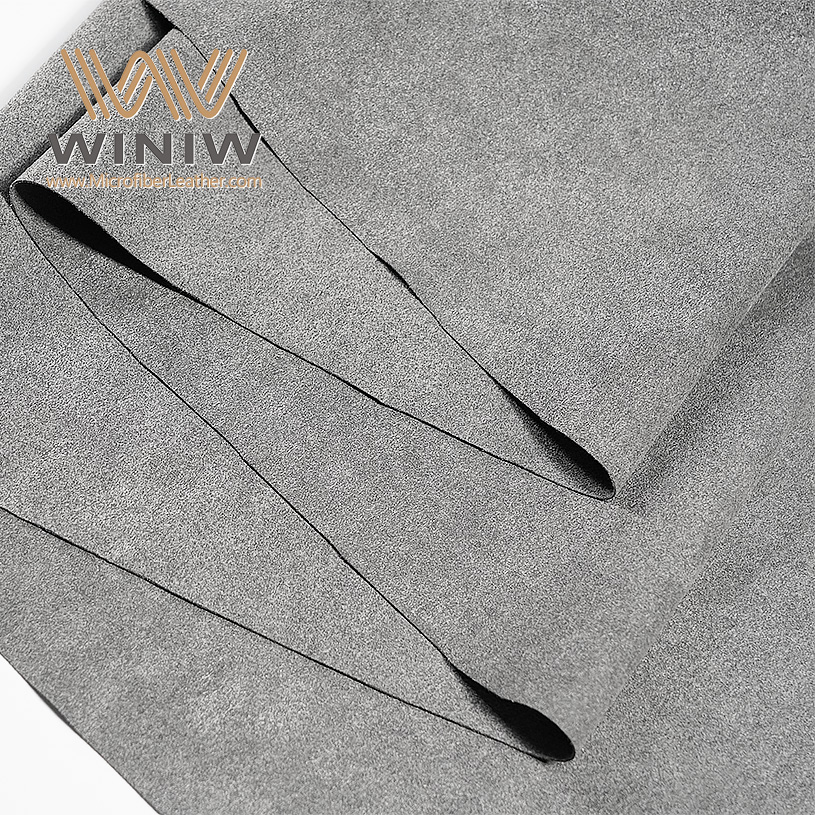
تريد أن تبقى يديك دافئتين ومريحتين عند هبوب الرياح. توفر قفازات الجلد المدبوغ حماية جيدة من الرياح بفضل نسيجها المحكم. يساعد هذا التصميم على منع وصول الهواء البارد إلى بشرتك. كما تحتوي العديد من قفازات الجلد المدبوغ على بطانة ناعمة تُضيف طبقة حماية إضافية ضد هبات البرد. إذا اخترت زوجًا بغشاء مقاوم للرياح، فستحصل على نتائج أفضل. تستخدم بعض العلامات التجارية طبقة داخلية خاصة تمنع مرور الرياح عبر القفازات.
تعمل القفازات المصنوعة من جلد الغزال الدقيق بشكل أفضل في ظل الرياح الخفيفة إلى المعتدلة.
قد تلاحظ أن بعض الهواء لا يزال قادرًا على المرور أثناء هبات الرياح القوية.
للحصول على حماية إضافية، ابحث عن القفازات التي تحمل علامة "مقاومة للرياح" أو "مقاومة للرياح".
نصيحة: تأكد دائمًا من وصف المنتج للتأكد من خصائصه المقاومة للرياح قبل الشراء. لا توفر جميع قفازات الجلد المدبوغ نفس مستوى الحماية.
عادةً ما تقاوم قفازات الجلد المدبوغ الرطوبة الخفيفة، لكنها ليست مقاومة للماء تمامًا. إذا كنت تتوقع هطول أمطار أو ثلوج رطبة، فقد ترغب في التفكير في خيار آخر.
قفازات الجلد توفر لك حماية ممتازة من الرياح. تُشكل مادة الجلد الطبيعي حاجزًا متينًا يحجب الهواء البارد. ستشعر بالفرق فورًا عند الخروج في يوم عاصف. الجلد لا يسمح بمرور الرياح بسهولة، لذا تبقى يديك دافئتين لفترات أطول. كما تتميز العديد من القفازات الجلدية بتصميم مُحكم حول المعصم، يمنع الرياح من التسلل إلى الداخل.
تتمتع القفازات الجلدية بأداء جيد في كل من النسيمات الخفيفة والرياح القوية.
ستحصل على مقاومة أفضل للرياح مع جلد أكثر سمكًا وخياطة عالية الجودة.
تشتمل بعض القفازات الجلدية على بطانة مقاومة للرياح لتوفير أقصى قدر من الحماية.
ملاحظة: القفازات الجلدية تطرد الماء بشكل أفضل من قفازات الجلد المدبوغ. فهي تحافظ على جفاف يديك في المطر الخفيف أو الثلج، ولكن تجنب نقعها.
إذا كنت تريد حماية قوية من الرياح، فإن القفازات الجلدية هي خيار موثوق به لطقس الشتاء.
تريد قفازات تشعرك بالراحة لفترات طويلة. قفازات من جلد الغزال الصناعي تتميز هذه الأغطية بنعومة ومرونة خامتها. يتمدد القماش قليلاً، مما يسمح لحركة يديك بشكل طبيعي. تساعدك هذه المرونة على إمساك الأشياء دون الشعور بأي قيود. تستخدم العديد من العلامات التجارية أليافًا دقيقة رقيقة في راحة اليد، مما يزيد من المتانة ويعزز الراحة. يمكنك أن ترى كيف تختلف... منتجات استخدم الجلد المدبوغ الدقيق لتعزيز الراحة في الجدول أدناه:
|
اسم المنتج |
وصف |
|---|---|
|
قفازات Specialized BG Dual Gel |
جلد سويدي صناعي تم تصنيع راحة اليد من ألياف دقيقة رقيقة لتجمع بين المتانة والقبضة والراحة الاستثنائية. |
|
قفازات Specialized Body Geometry ثنائية الجل طويلة الأصابع |
تم تصنيع راحة اليد المصنوعة من جلد الغزال الصناعي من ألياف دقيقة رقيقة لتجمع بين المتانة والقبضة والراحة الاستثنائية. |
|
قفازات جل رياضية متخصصة BG |
تم تصنيع راحة اليد المصنوعة من جلد الغزال الصناعي من ألياف دقيقة رقيقة لتجمع بين المتانة والقبضة والراحة الاستثنائية. |
|
قفاز فوكس ريسينغ رينجر |
إبهام من جلد الغزال الماص |
ستلاحظ أن قفازات الجلد المدبوغ غالبًا ما تكون ذات بطانة داخلية ناعمة. تُعزز هذه البطانة الراحة العامة وتُساعد على الحفاظ على الدفء. تُناسب القفازات أصابعك بإحكام دون أن تُسبب لك أي ضغط. يُمكنك ارتداؤها لساعات دون أي إزعاج. إذا كنت بحاجة إلى قفازات للاستخدام اليومي أو الأنشطة الخارجية، فإن قفازات الجلد المدبوغ تُوفر توازنًا جيدًا بين الراحة والدفء.
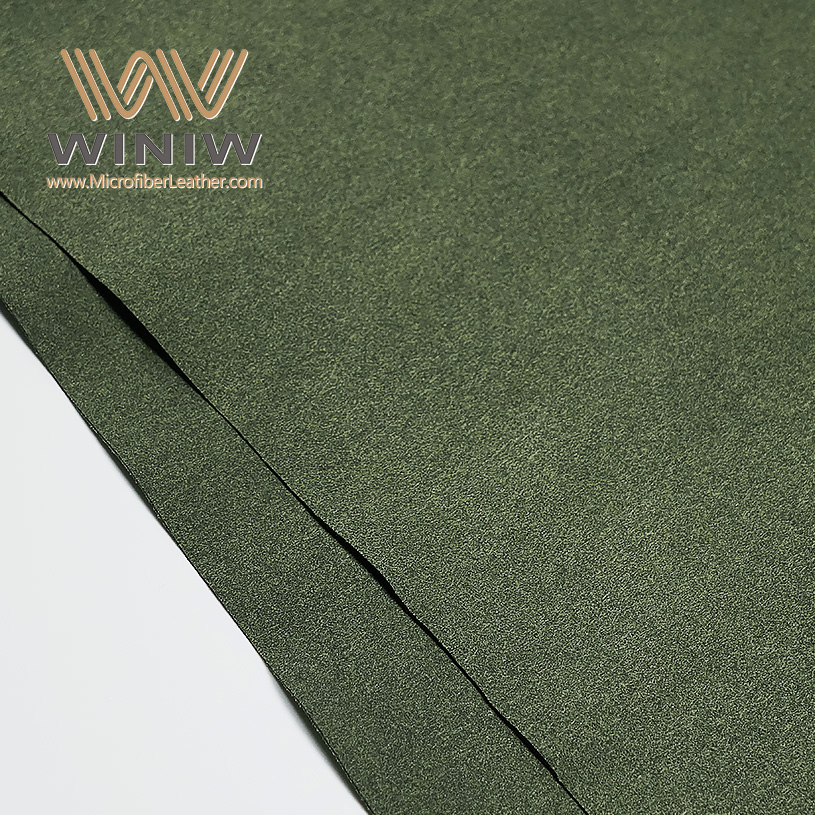
قفازات الجلد تمنحك ملمسًا كلاسيكيًا ومقاسًا مُصممًا خصيصًا لك. تتكيف المادة الطبيعية مع راحة يدك بمرور الوقت. ستحصل على قفاز فريد يناسبك تمامًا. يتميز الجلد بملمس ناعم على بشرتك ويوفر مرونةً طفيفة. يُحسّن هذا التمدد من ملاءمة القفازات ويجعلها أكثر راحةً مع الاستخدام المُعتاد. تحتوي العديد من القفازات الجلدية على بطانات ناعمة، مثل الكشمير أو الصوف، مما يُضيف دفئًا إضافيًا وملمسًا ناعمًا.
قد تشعر بصلابة طفيفة في القفازات الجلدية في البداية. بعد بضع مرات من ارتدائها، تلين المادة وتصبح أكثر مرونة. يساعد التصميم المحكم على حبس الدفء ويحافظ على راحة يديك. إذا كنت تبحث عن قفازات تجمع بين الأناقة والراحة والدفء، فإن القفازات الجلدية خيار مثالي.
تريد أن تدوم قفازاتك طوال فصول الشتاء العديدة. قفازات من جلد الغزال الصناعي توفر متانة ممتازة للاستخدام اليومي. أليافها الصناعية مقاومة للتآكل والتلف الناتج عن الأنشطة اليومية. يمكنك غسل هذه القفازات بسهولة أكبر من القفازات الجلدية. هذه الميزة تساعدك على الحفاظ عليها نظيفة ومنتعشة. يقاوم الجلد المدبوغ البقع بشكل أفضل من المواد الطبيعية. لا داعي للقلق بشأن تلف القماش بسبب الماء، فهو يجف بسرعة.
مع ذلك، قد تظهر على قفازات الجلد المدبوغ علامات التكتل أو التآكل بعد الاستخدام المكثف. قد تضعف طبقاتها إذا شدّتها أكثر من اللازم. تجنب استخدامها في المهام الشاقة مثل جرف الثلج أو التعامل مع الأشياء الحادة. إذا اعتنيت بقفازاتك جيدًا، فستحافظ على شكلها ونعومتها لفترة طويلة.
نصيحة: اغسل القفازات المصنوعة من جلد الغزال الصناعي بالصابون المعتدل ثم جففها بالهواء لإطالة عمرها الافتراضي.
تتميز القفازات الجلدية بمتانتها وجودتها طويلة الأمد. مادة الجلد الطبيعي مقاومة للثقب والتآكل. يمكنك استخدامها للمهام الشاقة، مثل القيادة أو العمل في الهواء الطلق. مع مرور الوقت، يكتسب الجلد مظهرًا فريدًا يُضفي عليه طابعًا مميزًا. تصبح القفازات أكثر نعومة وراحة عند ارتدائها.
يجب العناية بالقفازات الجلدية للحفاظ على متانتها. قد تُتلف الرطوبة والملح الجلد إذا لم تُنظفه جيدًا. استخدم مُرطبًا للجلد للحفاظ على مرونته. خزّن قفازاتك في مكان بارد وجاف عند عدم استخدامها. مع العناية المناسبة، يمكن أن تدوم القفازات الجلدية لسنوات عديدة.
ملاحظة: تجنب نقع القفازات الجلدية في الماء، فقد يؤدي ذلك إلى تصلبها أو تشققها.
قفازات الجلد المدبوغ الدقيقة تُقدم فوائد عديدة للاستخدام الشتوي. ستلاحظ نعومة ملمسها فورًا. كما أنها لطيفة على بشرتك. يختار الكثيرون هذه القفازات لأنها توفر عزلًا جيدًا دون الشعور بثقلها. يمكنك غسل قفازات الجلد المدبوغ الدقيقة بسهولة في... بيت تساعدك هذه الميزة على الحفاظ على نظافتها طوال الموسم. الألياف الصناعية مقاومة للبقع وتجف بسرعة بعد الغسيل. لا تحتاج إلى منظفات أو مرطبات خاصة.
غالبًا ما تأتي قفازات الجلد المدبوغ الدقيق بتصميمات مرنة. يمكنك تحريك أصابعك بحرية. هذه المرونة تجعلها خيارًا مثاليًا للمهام اليومية. تناسب القفازات بشكل مريح، مما يساعد على حبس الهواء وزيادة الدفء. ستجد العديد من التصاميم ببطانة إضافية لمزيد من الراحة. قفازات الجلد المدبوغ الدقيق أقل تكلفة من القفازات الجلدية، مما يوفر لك المال ويحافظ على دفئك.
نصيحة: اختر قفازات مصنوعة من جلد الغزال الصناعي مع بطانة من مادة Thinsulate أو الصوف للحصول على عزل أفضل خلال الأيام الباردة.
إيجابيات قفازات الجلد المدبوغ:
مادة ناعمة ومريحة
سهلة التنظيف والصيانة
سريع الجفاف بعد التعرض للرطوبة
ملاءمة مرنة للأنشطة اليومية
نطاق سعري مناسب
تتميز القفازات الجلدية بمتانتها وأسلوبها الكلاسيكي. ستشعر بالفرق عند ارتدائها في الطقس البارد. يحجب الجلد الطبيعي الرياح ويساعد على تدفئة يديك. العديد من القفازات الجلدية مزودة ببطانات فاخرة مثل الكشمير أو الصوف، مما يضيف دفئًا وراحةً إضافيتين. يمكنك الاعتماد عليها للعمل في الهواء الطلق أو القيادة.
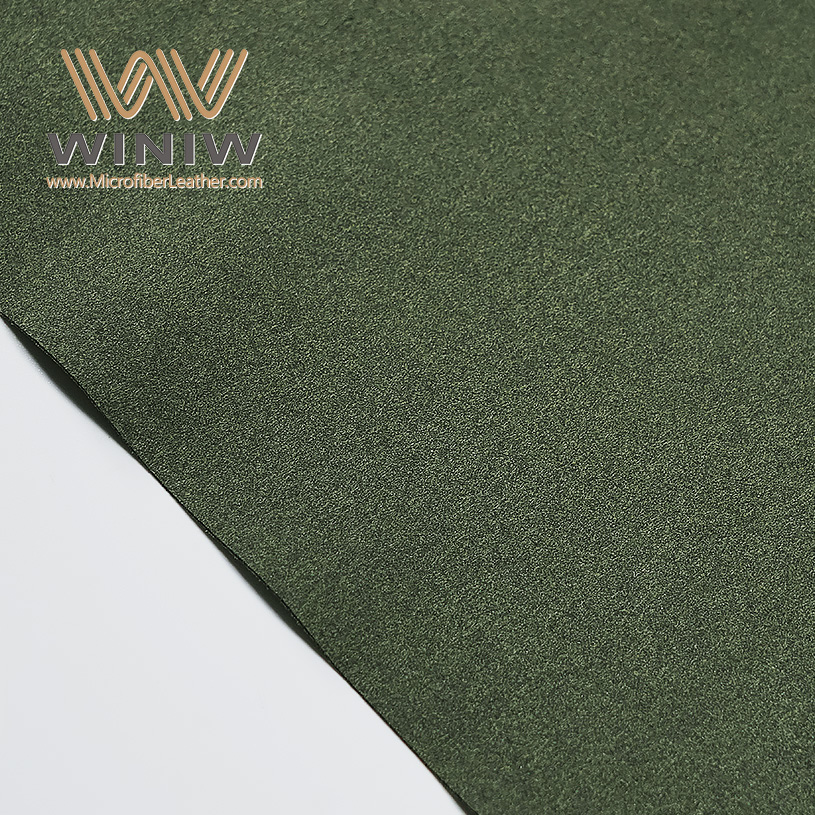
تُبرز تقييمات الخبراء العديد من المزايا. ستنعم براحة تدوم طوال اليوم بفضل خامتها الناعمة والمسامية. تبقى القفازات رقيقة بما يكفي لراحة اليد، ما يُتيح لك استخدام الأدوات أو التعامل مع الأشياء الصغيرة بسهولة. كما أن العازل عالي الجودة، مثل ثينسوليت 100 غرام، يُحافظ على دفء يديك حتى في درجات الحرارة المنخفضة. تدوم القفازات الجلدية لسنوات طويلة إذا اعتنيت بها جيدًا.
ملاحظة: القفازات الجلدية لا توفر حماية من الماء. تجنب ارتدائها أثناء هطول الأمطار الغزيرة أو الثلوج المبللة.
إيجابيات القفازات الجلدية:
مقاومة ممتازة للرياح
بطانات ممتازة لمزيد من الدفء
ملاءمة مريحة تتناسب مع يدك
مهارة جيدة في أداء المهام
عند البحث عن أفضل قفازات الشتاء، عليك التركيز على البطانة. فالبطانة الحرارية المناسبة تُحدث فرقًا كبيرًا في دفء يديك. تتميز بعض المواد بقدرتها على حبس الحرارة وامتصاص الرطوبة. يمكنك الاختيار من بين عدة خيارات مميزة:
يمنحك صوف الميرينو الدفء الممتاز ويسحب الرطوبة بعيدًا عن بشرتك.
توفر الخلطات الاصطناعية عزلًا موثوقًا به وتحافظ على راحة يديك.
تعمل بطانات الصوف أو الصوف مع العزل الإضافي بشكل جيد للحصول على أقصى قدر من الدفء.
تأكد من جودة بطانة الملابس قبل الشراء. فالبطانة عالية الجودة تُبقيك دافئًا حتى في درجات الحرارة المتجمدة.
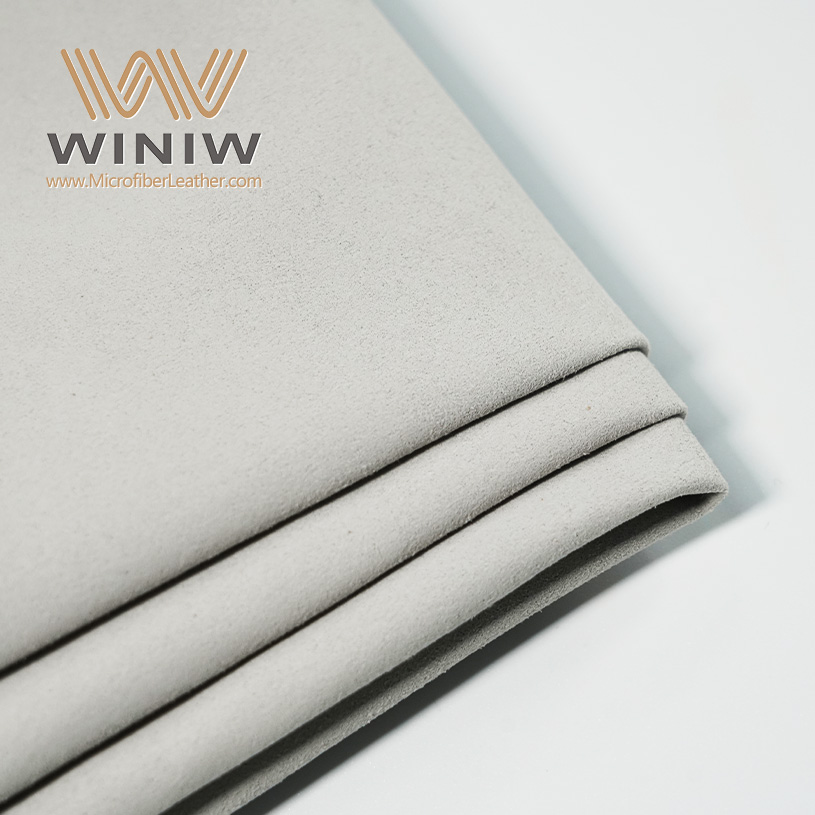
يُعدّ العزل المائي ميزةً أساسيةً أخرى في قفازات الشتاء. فعندما تبقى يديك جافتين، تشعر بدفءٍ وراحةٍ أكبر. تستخدم العديد من القفازات أغشيةً مقاومةً للماء لمنع الماء والرياح. كما تسمح هذه الأغشية بتسرب العرق، فلا تصبح يديك رطبة. يوضح الجدول أدناه كيف تُحسّن الأغشية المقاومة للماء من أداء القفازات:
|
ميزة |
وصف |
|---|---|
|
العزل |
معزول بدرجة عالية، مما يحافظ على دفء اليدين لفترة أطول. |
|
ضد للماء |
حماية متينة للحفاظ على جفاف اليدين. |
|
مقاوم للرياح |
يحجب الرياح لمنع فقدان الحرارة. |
|
قابلية التنفس |
يسمح لبخار العرق بالخروج من أجل الراحة. |
|
راحة |
الدفء دون حجم كبير، لذلك تشعر القفازات بأنها مريحة عند ارتدائها. |
إذا كنت تقضي وقتًا في الهواء الطلق في ظروف الشتاء القاسية، فيجب عليك البحث عن قفازات عازلة ومضادة للماء.
تعتبر البراعة أمرًا مهمًا عندما تحتاج إلى استخدام أصابعك لأداء مهام مثل القيادة أو التعامل مع الأدوات. قفازات جلدية غالبًا ما تمنحك قفازات الجلد الناعم ومقاسها المُصمم خصيصًا لك مهارةً أكبر. على سبيل المثال، يُعرف قفاز بلاك دايموند تور بحركة أصابعه الممتازة. قد تبدو قفازات الجلد المدبوغ الدقيق مرنة، لكن الخبراء لم يختبروها بنفس القدر فيما يتعلق بالمهارة. إذا كنت ترغب في الحصول على أفضل قفازات شتوية للأنشطة التي تتطلب مهارة، فالجلد خيارٌ قوي.
نصيحة: ينصح خبراء الأنشطة الخارجية باختيار القفازات بناءً على نشاطك الرئيسي. للاستخدام اليومي، اختر قفازات دافئة ومريحة. أما للرياضات الشتوية أو العمل، فاختر قفازات ذات متانة إضافية ومقاومة للعوامل الجوية، وميزات مثل راحة اليد المقواة أو البطانات القابلة للإزالة.
يمكنك العثور على قفازات بميزات إضافية، مثل أربطة المعصم، أو جيوب تدفئة اليدين، أو أطراف أصابع تعمل باللمس. هذه التفاصيل تساعدك على البقاء دافئًا وتجعل تجربتك الشتوية أفضل.
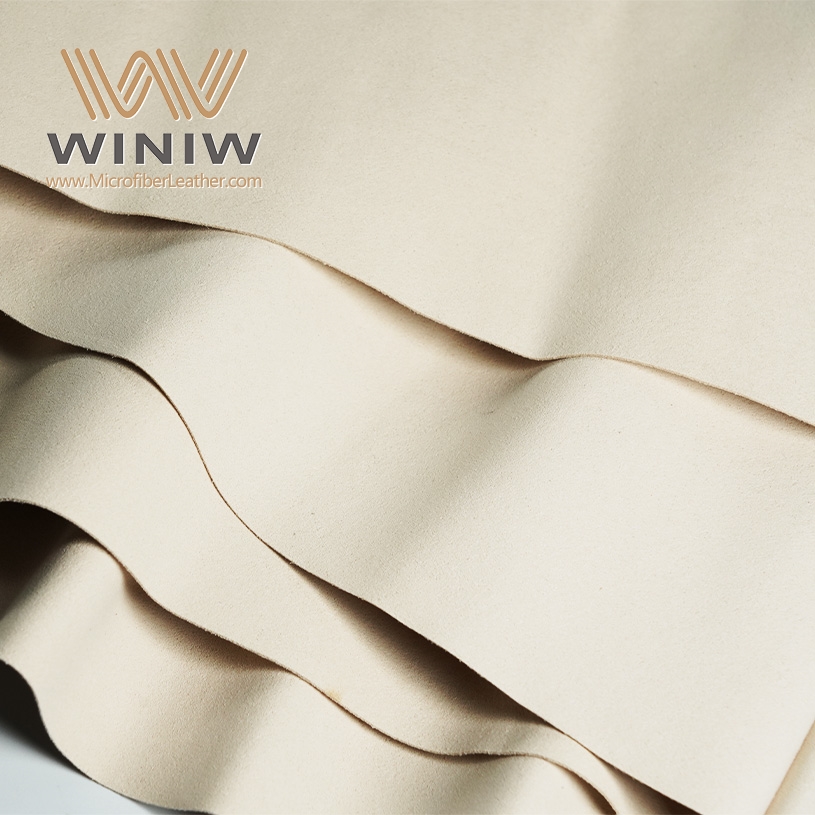
عند شراء قفازات الشتاء، ركّز على الميزات التي تُبقي يديك دافئتين ومريحتين. فالزوج المناسب يحميك من البرد ويُساعدك على الاستمتاع بالأنشطة الخارجية. اهتم بعزل الحرارة، والملاءمة، والمرونة، والميزات الخاصة. يوضح الجدول أدناه توصيات أدلة المستهلك:
|
عامل |
وصف |
|---|---|
|
العزل |
ضروري للدفء؛ تشمل الخيارات أسفلًا، ومواد صناعية، وصوفًا لمختلف الظروف. |
|
ملائم |
من الضروري أن يكون المقاس مناسبًا لتوفير الدفء والرشاقة؛ لذا ابحث عن التصميمات المريحة. |
|
البراعة والقبضة |
من المهم عند التعامل مع المعدات اختيار القفازات ذات المقابض المحكمة والبنية المرنة. |
|
الميزات الأساسية |
تعمل المواد المقاومة للماء والقابلة للتنفس والمتينة على تعزيز الأداء والراحة. |
قفازات الجلد المدبوغ الدقيقة تعمل بشكل جيد في الطقس البارد إذا كنت تريد خيار ناعم ومرن تتميز هذه المادة بملمسها اللطيف على بشرتك، وتحبس الهواء للحفاظ على دفء يديك. ستحصل على عزل حراري ممتاز، خاصةً مع القفازات ذات البطانة السميكة مثل ثينسوليت أو الصوف. يفضل الكثيرون قفازات الجلد المدبوغ الدقيق لأنها تجف بسرعة وتقاوم البقع. يمكنك غسلها في المنزل، مما يُسهّل العناية بها. تُناسب هذه القفازات بشرتك بإحكام، ما يُبقيها دافئة. إذا كنت بحاجة إلى قفازات للاستخدام اليومي أو العمل الخفيف في الهواء الطلق، فإن قفازات الجلد المدبوغ الدقيق توفر لك الراحة والحماية الدائمة من البرد.
نصيحة: اختر قفازات ذات طبقة مقاومة للرياح أو الماء للحصول على حماية إضافية ضد أيام الشتاء القاسية.
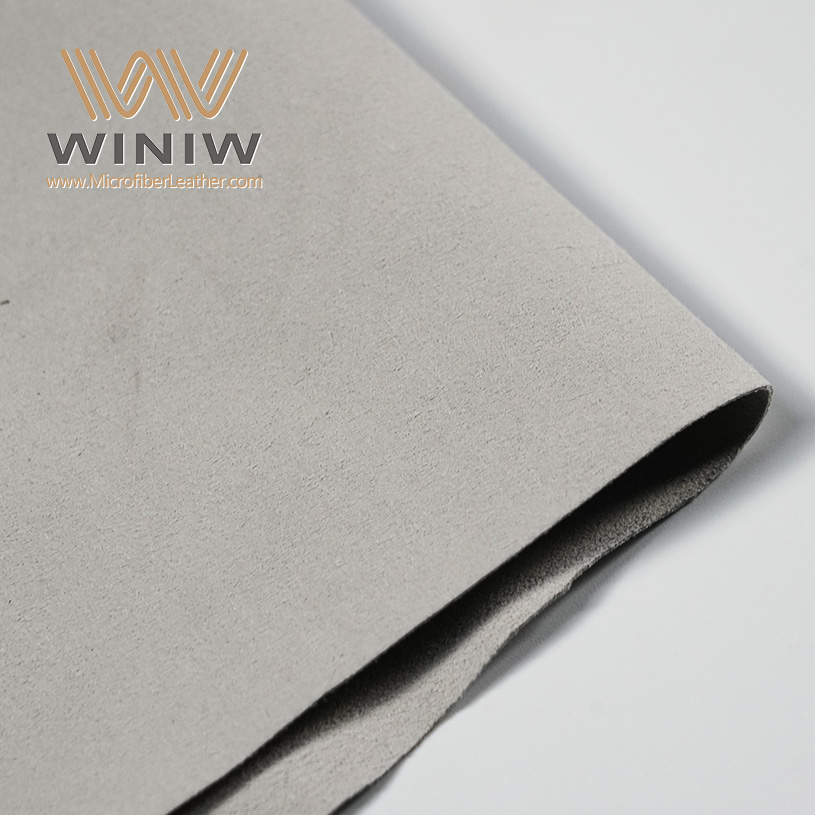
قفازات جلدية توفر لك حماية قوية من الرياح والبرد. يحجب الجلد الطبيعي الهواء البارد ويحافظ على دفء يديك. غالبًا ما تجد بطانات فاخرة مثل الكشمير أو صوف الميرينو داخل القفازات، مما يزيد من عزلها. تتشكل القفازات الجلدية مع مرور الوقت لتلائم يدك، مما يمنحك مقاسًا مخصصًا. ستحصل على براعة فائقة، ما يسمح لك بالقيادة أو استخدام الأدوات بسهولة. تدوم هذه القفازات لسنوات إذا اعتنيت بها جيدًا. لظروف الشتاء القاسية أو العمل في الهواء الطلق، تُعد القفازات الجلدية خيارًا مثاليًا وموثوقًا.
ملاحظة: تجنب نقع القفازات الجلدية في الماء. استخدم مُرطبًا للجلد للحفاظ عليها ناعمة ومتينة.
ستجد أن قفازات الجلد المدبوغ الدقيق غالبًا ما توفر دفئًا أكبر بفضل عزلها السميك وبطاناتها الناعمة، بينما تتميز القفازات الجلدية بصد الرياح وتوفير راحة طويلة الأمد. لاختيار أفضل قفازات الشتاء، ركّز على الخامات والسمك والميزات التي تناسب احتياجاتك. لمزيد من الحماية، اختر قفازات مقاومة للماء ومستوى العزل المناسب لمناخك.
تؤثر المواد على الدفء والمتانة والراحة.
يحقق السمك التوازن بين العزل والبراعة.
تعمل الميزات مثل مقاومة الماء والقبضة على تحسين الأداء.
قم بمطابقة نمط القفازات مع أنشطتك اليومية.

يمكنك الاعتماد عليه قفازات من جلد الغزال الصناعي لمعظم أيام الشتاء. في طقس الشتاء القارس، اختر قفازات بعزل سميك وطبقة مقاومة للرياح. تساعدك هذه الميزات على البقاء دافئًا خلال عواصف الشتاء أو عندما تنخفض درجات الحرارة إلى ما دون الصفر.
القفازات الجلدية تقاوم الرياح جيدًا في الشتاء، لكنها لا تعمل بكفاءة في ظروف الشتاء الممطرة. يمكن للماء أن يتلف الجلد مع مرور الوقت. في أيام الشتاء الممطرة، اختر قفازات مزودة بغشاء مقاوم للماء أو استخدم واقيًا جلديًا مصممًا للاستخدام الشتوي.
ابحث عن قفازات ذات عزل قوي، ومقاومة للماء، ومقاس مريح. تتطلب الرياضات الشتوية قفازات تحافظ على دفء وجفاف يديك. تحتوي العديد من القفازات الشتوية الرياضية على راحة يد معززة وأساور قابلة للتعديل لتوفير حماية إضافية أثناء الأنشطة الشتوية.
يمكنك غسل معظم قفازات الجلد المدبوغ في المنزل، مما يسهل العناية بها خلال فصل الشتاء. تحتاج القفازات الجلدية إلى منتجات تنظيف خاصة. تأكد دائمًا من قراءة ملصق العناية قبل غسل أي قفازات شتوية لتجنب تلفها والحفاظ عليها جاهزة للاستخدام في الشتاء.
يجب أن تركز على العزل ومقاومة الرياح والراحة. قفازات الشتاء ذات البطانة الناعمة والمرونة مثالية للمهام الشتوية اليومية. كما أن توافقها مع شاشات اللمس وموادها سريعة الجفاف تساعدك على الشعور بالراحة خلال روتينك الشتوي.

المسح الضوئي إلى wechat:
